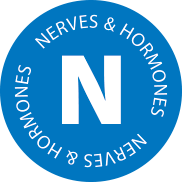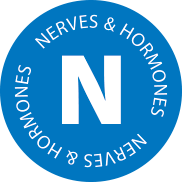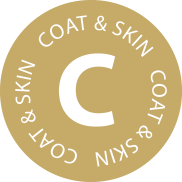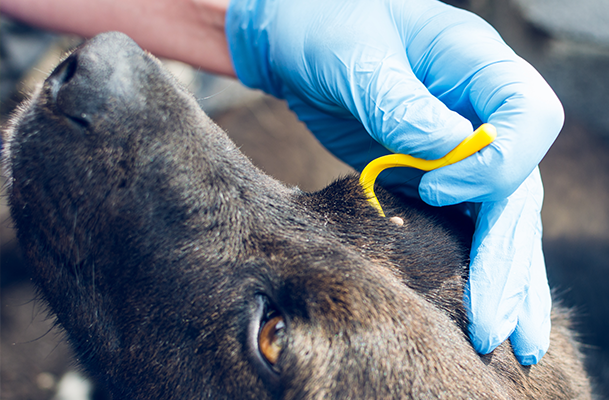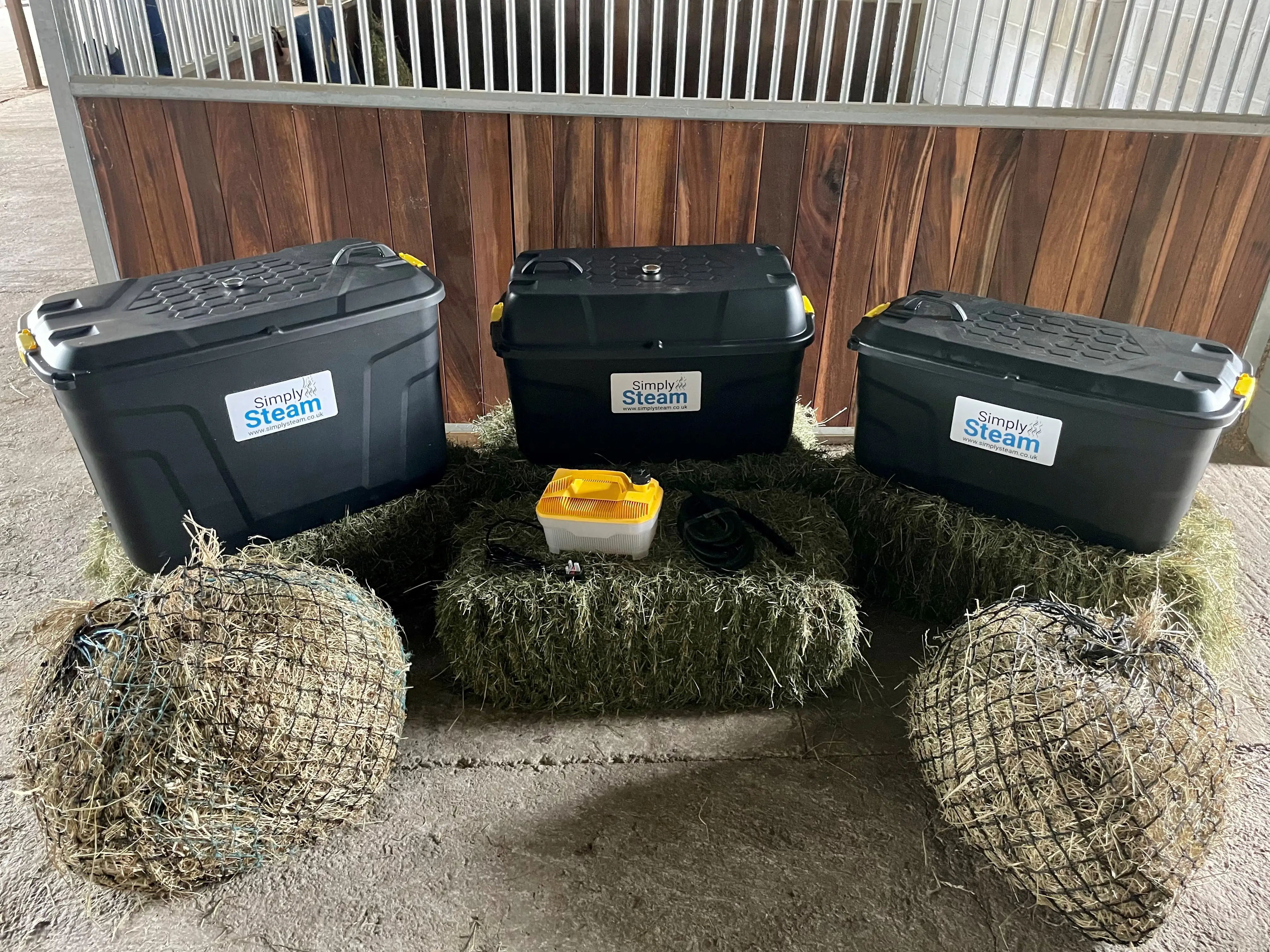27 April
DOs & DON'Ts when removing a Tick
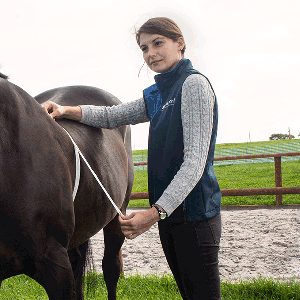 Edeline Bourrier
Edeline Bourrier
Edeline Bourrier
Edeline Bourrier
How to remove a Tick safely?
So, you've found a tick on your horse, dog, cat or even on yourself, so how do you go about removing it safely? Read further to find out the DOs & DON'Ts when removing a Tick & how to safely remove one!
DOs:
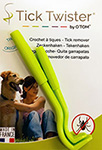
What is a Tick Twister?
They are small plastic picks with a claw-shaped head which slots between the body of the tick and the host, giving you the leverage to twist the tick harmlessly and effectively out of the host's skin in one piece.
Why use the Tick Twister?
The Tick Twister enables a quick and painless tick removal and it doesn't leave the tick's rostrum in the skin. The tick’s rostrum (the part that is embedded in the skin and improperly referred to as “the tick’s head”) is covered with backward pointing spikes that allow the tick to “anchor” in the skin. By pulling up on the tick, the spikes will rise and lock the rostrum in the skin. The tick may break leaving body parts resting in the skin and causing a painful inflammation, or an infection. By twisting, the spikes bend into the axis of rotation, and the tick is easily removed, without traction, decreasing the risks of breaking the rostrum.
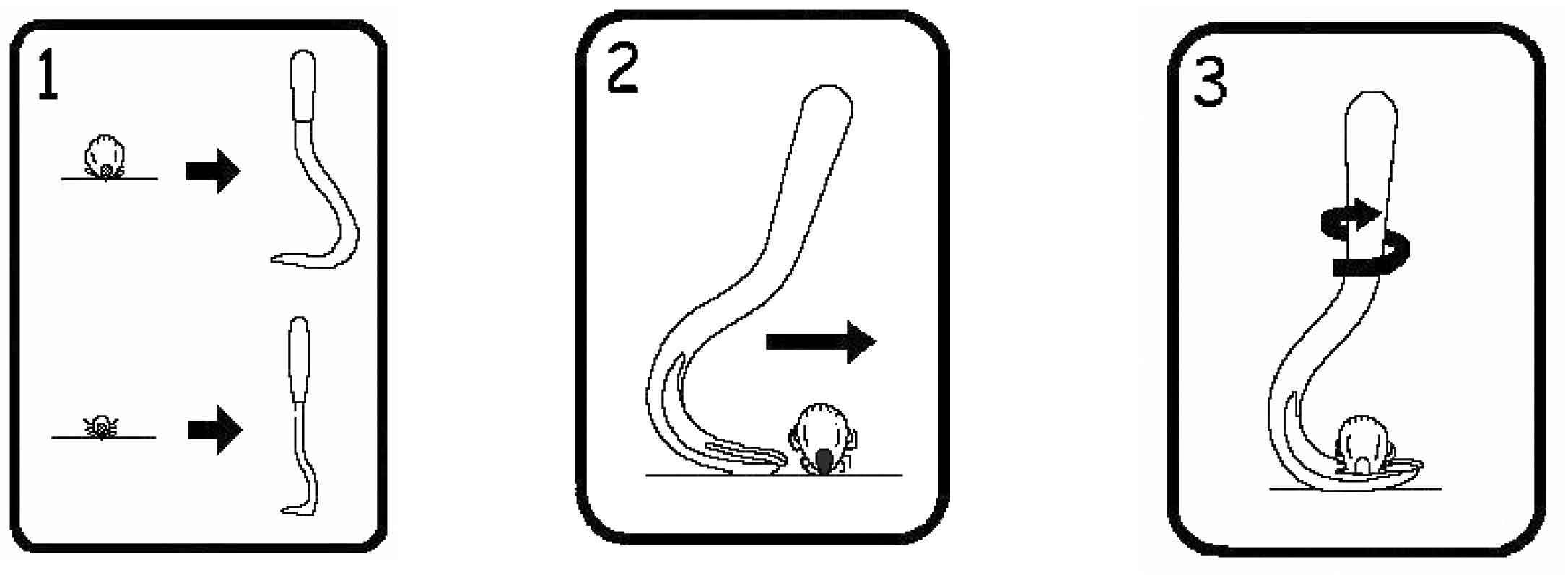
- Do wear gloves when removing the tick!
A tick-borne infection can enter via any breaks in your skin. When removing a tick from the host, you do not know whether it is a carrier of an infection or not, so it is always best to take extra caution just in case it is and by wearing gloves you are eliminating any risks of you becoming infected.
- Do clean the bite area after removal!
Once you have safely removed the tick from the host, clean the bite area and the Tick Twister too with antiseptic. This helps reduce the risk of any potential infection from getting into the host and being spread further.
- Do kill the tick once removed!
By killing the tick after removing it, you are ensuring that it cannot bite another host & if it was a carrier of an infection, it won't pass it on to its next host. Killing the tick can be done in a few ways. You could flush it down the toilet, roll it up in some sticky tape and throw it in the bin or crush it. Do be aware that engorged ticks will contain potentially infected blood, which may splatter when crushed. Do not crush the tick with your fingers as the blood may come in contact with your skin.
DON'Ts:
This is a common mistake when people remove ticks, they see a tick and reach for the tweezers. However, when removing a tick with tweezers you are squeezing on its body, therefore increasing the risk of saliva back-flow into the bite wound. If this tick is a carrier of infection, then you are putting the host of the bite at risk of becoming infected. Also, by squeezing the tick you can potentially break it, causing parts of its body to be left in the host.
- Don't burn the tick or cover it in Vaseline!
You may have heard that a good way to remove a tick is to burn it off or smother it in Vaseline (petroleum jelly) ... these are myths. Burning and applying petroleum jelly causes discomfort to the tick, which will probably lead to regurgitation into the host. If the tick is a carrier of infection, then this puts the host at risk of catching it.
- Don't use your fingernails to remove the tick!
As mentioned above, infection can enter via any breaks in your skin so by using your fingernails to remove the tick, you are putting yourself at risk of catching any potential infection.
We hope you now all have a clearer understanding of what you should and shouldn't do when removing a tick.
Our Product Suggestion:
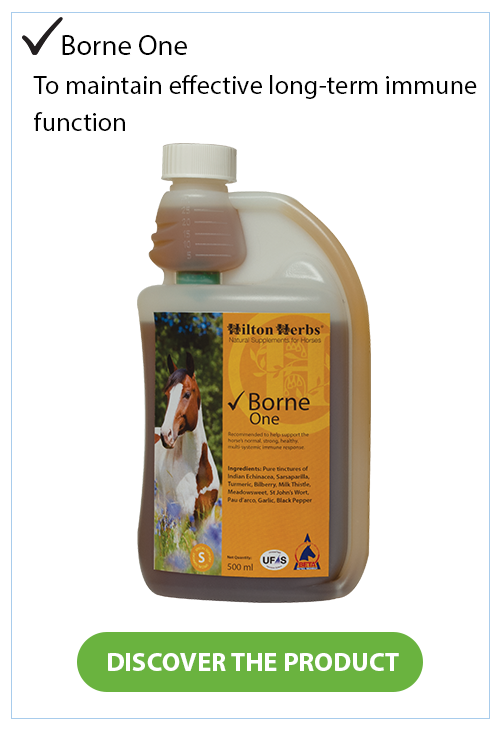

 About Edeline Bourrier
Edeline Bourrier
About Edeline Bourrier
Edeline Bourrier













